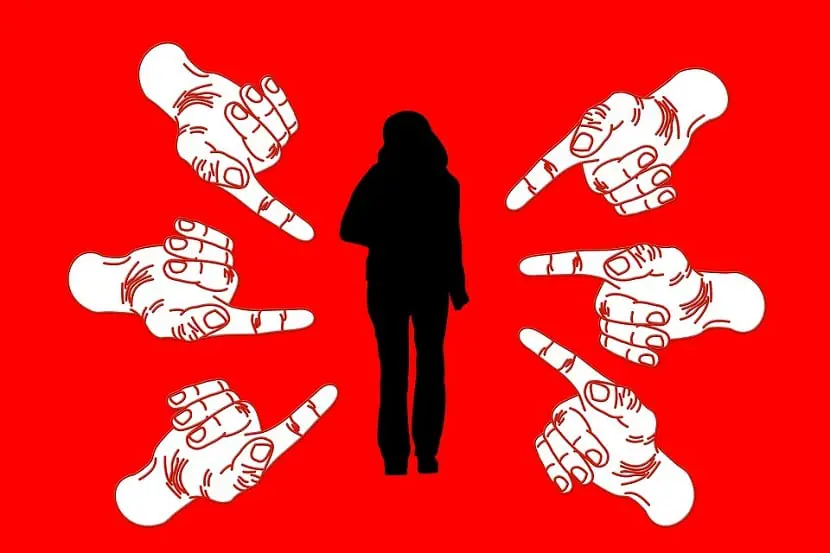

I was reading about the issue of bullying, and it's pretty concerning how prevalent it still is in schools and even online.
Bullying is indeed a significant issue that continues to persist in schools and online platforms, despite efforts to combat it. It involves repeated aggressive behavior intended to harm, intimidate, or control another person. The consequences of bullying can be severe, leading to negative impacts on the physical, emotional, and psychological well-being of the victims.
In schools, bullying can take various forms such as physical violence, verbal abuse, social exclusion, and cyberbullying. According to a study conducted by the National Center for Education Statistics in the United States, approximately 20% of students aged 12-18 reported being bullied during the 2018-2019 school year. This statistic highlights the alarming prevalence of bullying in educational settings.
One example of school bullying is physical violence, which can include hitting, punching, or pushing other students. Such acts of aggression can cause physical injuries, leading to long-term consequences for the victims. Verbal abuse, on the other hand, involves using derogatory language, insults, or threats to humiliate or belittle others. This form of bullying can have detrimental effects on the self-esteem and mental health of the victims.
Social exclusion is another common form of bullying in schools. Students may intentionally isolate or reject their peers, making them feel unwanted and marginalized. This can lead to feelings of loneliness, depression, and anxiety among the victims.
In recent years, the rise of technology and social media has given birth to a new form of bullying known as cyberbullying. This involves using electronic devices and online platforms to harass, threaten, or humiliate others. Cyberbullying can occur 24/7, reaching victims even in the safety of their own homes. This anonymity and constant accessibility make it particularly harmful. According to a survey by the National Crime Prevention Council, around 43% of teenagers have experienced cyberbullying.
Examples of cyberbullying include spreading rumors, sharing embarrassing photos or videos, creating fake profiles to harass others, or sending threatening messages. The consequences of cyberbullying can be devastating, leading to depression, anxiety, social withdrawal, and even suicide in extreme cases.
Efforts have been made to address the issue of bullying in schools and online. Many educational institutions have implemented anti-bullying policies, awareness campaigns, and programs that promote empathy, respect, and inclusivity. Additionally, various organizations and online platforms have introduced reporting mechanisms and support systems to combat cyberbullying.
References:
1. National Center for Education Statistics. (2021). Student Reports of Bullying and Cyberbullying: Results From the 2019 School Crime Supplement to the National Crime Victimization Survey. Retrieved from https://nces.ed.gov/pubs2021/2021034.pdf
2. National Crime Prevention Council. (2013). Cyberbullying: Identification, Prevention, and Response. Retrieved from https://www.ncjrs.gov/pdffiles1/nij/241699.pdf
Related Posts
© 2025 Invastor. All Rights Reserved

User Comments
Lennon Guzman
2 years ago
Let's hope so. No one should have to endure bullying, and it's up to all of us to create a kinder, safer world for everyone.
Emerson Tucker
2 years ago
I agree. The more we talk about it, the more awareness we raise, and hopefully, that leads to positive change.
Skylar Garcia
2 years ago
It's a complex issue, but if we all work together – schools, parents, communities – we can create an environment where bullying is not tolerated.
Scarlet Martin Martin
2 years ago
And platforms need to take a strong stand against cyberbullying. Reporting mechanisms should be clear and effective.
Eugene Harris Harris
2 years ago
Education again comes into play. Teaching kids about responsible online behavior and the impact of their words could go a long way.
Scarlet Davis
2 years ago
But what about online spaces? How can we make the internet safer from cyberbullying?
Mia Sanchez
2 years ago
And for the victims, it might provide a sense of closure and the opportunity to express their feelings.
Savannah Thompson
2 years ago
That's interesting. It could help the bullies understand the consequences of their actions and make amends.
Natalie Wright
2 years ago
I wonder if restorative justice could work in bullying cases. It focuses on healing and understanding, rather than just punishment.
Patricia Campbell
2 years ago
Absolutely, creating a culture where bullying isn't tolerated and bystanders feel empowered to intervene is key.